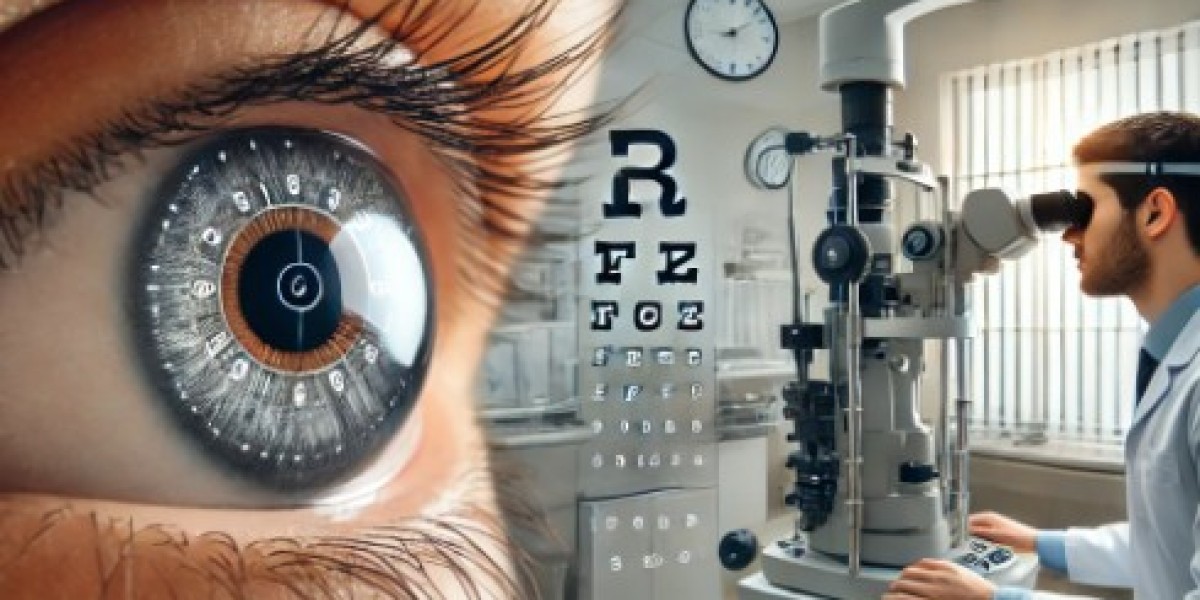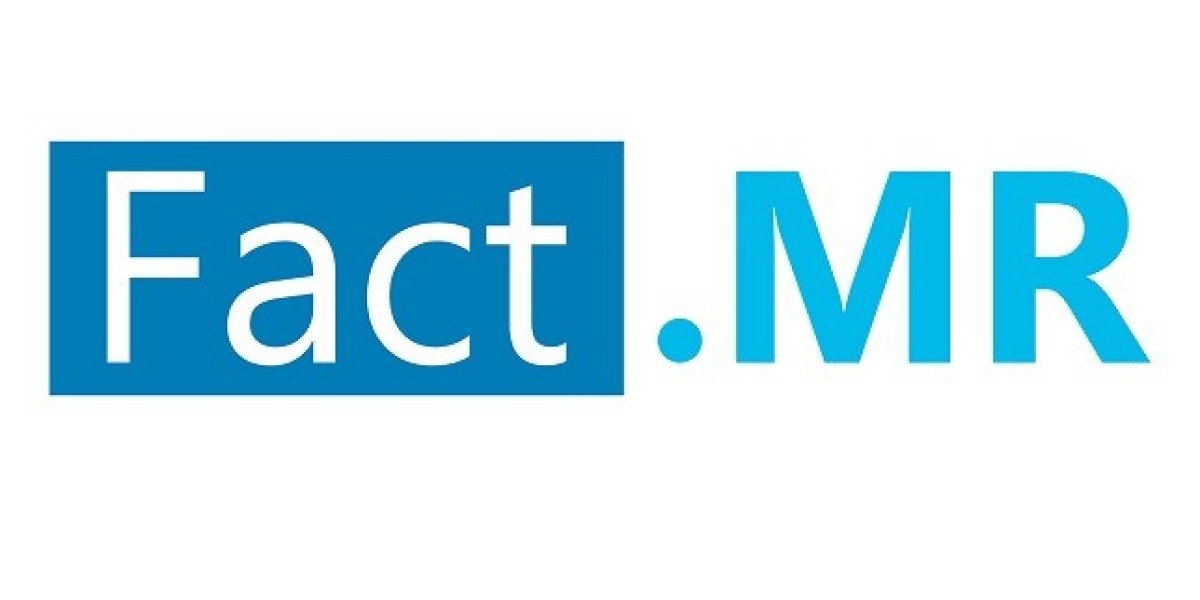LASIK surgery is a popular vision correction procedure that provides long-term improvement in eyesight by reshaping the cornea.
While most patients achieve optimal results after their initial procedure, some may require a LASIK enhancement if their vision has not stabilized. LASIK enhancement is a follow-up procedure that fine-tunes vision for those who experience residual refractive errors or vision regression.
When considering LASIK enhancement after three months, it is essential to understand whether the timing is appropriate, the factors affecting vision stability, and the overall benefits and risks associated with the procedure.
Is Three Months the Right Time for LASIK Enhancement?
The healing process after LASIK surgery varies from person to person. While some patients achieve stable vision within a few weeks, others may require several months for their eyesight to adjust fully. In most cases, ophthalmologists recommend waiting at least three to six months before considering LASIK enhancement.
At the three-month mark, some patients may still experience mild fluctuations in vision, dry eyes, or night vision disturbances. These symptoms can improve over time as the eyes continue to heal. If vision issues persist beyond this period, a thorough evaluation by an eye specialist is necessary to determine whether enhancement is the best course of action.
Who Needs LASIK Enhancement After Three Months?
Not all LASIK patients require an enhancement. However, in some cases, a follow-up procedure may be necessary due to the following reasons:
Residual Refractive Errors
Despite precise laser correction, some patients may still have minor refractive errors, such as slight nearsightedness, farsightedness, or astigmatism. These residual errors can cause blurred vision, which may be improved with LASIK enhancement.
Vision Regression
Sometimes, a patient’s vision may regress after LASIK surgery, meaning the initial correction does not hold as expected. This can occur due to individual healing patterns, corneal changes, or pre-existing conditions that affect visual stability.
Prescription Changes
Although LASIK provides long-term vision correction, it does not prevent natural eye-light changes over time. Some patients experience prescription changes due to age, hormonal fluctuations, or eye strain. If vision declines within a few months of surgery, enhancement may be an option.
Evaluating the Need for LASIK Enhancement
Before undergoing LASIK enhancement, an ophthalmologist will conduct a comprehensive eye examination to assess whether the procedure is necessary.
Corneal Thickness and Stability
Corneal thickness is one of the most critical factors in determining eligibility for LASIK enhancement. Since the procedure involves reshaping the cornea, enough corneal tissue must remain to allow for safe re-treatment. If the cornea is too thin, alternative vision correction methods may be recommended.
Vision Stability
Ophthalmologists prefer to wait until a patient’s vision has remained stable for at least three to six months before performing LASIK enhancement. If vision is still fluctuating at the three-month mark, it may be advisable to wait longer before considering additional treatment.
Eye Health and Healing Progress
The eyes' overall health is another crucial factor in determining eligibility for enhancement. Dry eyes, inflammation, or other post-LASIK complications must be resolved before a follow-up procedure can be performed. Regular check-ups with an eye doctor can help monitor healing and determine the appropriate timing for enhancement.
The LASIK Enhancement Procedure
LASIK enhancement is similar to the initial procedure but may require adjustments based on the patient’s needs.
Step-by-Step Process
- The surgeon evaluates the patient’s vision, corneal thickness, and healing progress to confirm eligibility for enhancement.
- If a corneal flap was created during the initial surgery, the surgeon carefully lifts it to perform the enhancement. If necessary, a new flap may be made.
- A laser is used to refine the corneal shape, correcting residual vision issues.
The procedure is typically quick and involves minimal discomfort. Patients can expect a similar recovery process as their initial LASIK surgery.
Recovery After LASIK Enhancement
Most patients experience a smooth recovery after LASIK enhancement. Common post-procedure symptoms include mild discomfort, temporary dryness, and sensitivity to light.
Follow-Up Care
Patients should attend follow-up appointments to ensure proper healing and vision stabilization. During recovery, it is essential to follow the surgeon’s instructions, which may include using prescribed eye drops, avoiding strenuous activities, and protecting the eyes from dust and bright light.
How Soon Can You Expect Results?
Many patients notice an improvement in vision within a few days after LASIK enhancement, but complete stabilization may take a few weeks. The final results depend on individual healing responses and adherence to post-surgical care.
Risks and Considerations
While LASIK enhancement is generally safe, it carries some risks, similar to the initial LASIK procedure. Potential complications include dry eyes, night glare, halos, and infection. However, advancements in laser technology and careful patient selection help minimize these risks.
To reduce the likelihood of complications, patients should choose an experienced LASIK surgeon and follow all pre- and post-operative guidelines.
Alternatives to LASIK Enhancement
If a patient is not a suitable candidate for LASIK enhancement, alternative vision correction options may be considered.
PRK (Photorefractive Keratectomy)
PRK is an alternative laser procedure that reshapes the cornea without creating a flap. It is often recommended for patients with thin corneas who cannot undergo another LASIK procedure. While PRK has a more extended recovery period, it provides effective vision correction.
Contact Lenses or Glasses
For those who do not wish to undergo additional surgery, contact lenses or prescription glasses can help correct minor refractive errors. Advanced contact lens options, including custom lenses, may provide clear vision without requiring surgical enhancement.
Lens Implants
In cases where LASIK enhancement is not viable, lens implant procedures such as ICL (Implantable Collamer Lenses) or refractive lens exchange (RLE) may be explored. These options provide long-term vision correction without altering the corneal structure.
LASIK enhancement after three months can benefit patients experiencing residual vision issues or regression. However, the timing and necessity of the procedure depend on individual healing progress, corneal thickness, and vision stability. Consulting an experienced ophthalmologist is crucial to determine whether enhancement is the best option or if alternative vision correction methods should be considered.
For those who undergo LASIK enhancement, following post-surgical care instructions and attending follow-up appointments can ensure a smooth recovery and optimal visual outcomes.


